ProView – Petzl Am’D and William Locking Carabiners
I’ve spent quite a bit of time recently (during the majority of the last decade) exploring climbing areas around Colorado and Utah, and interacting with all sorts of different technical set-ups, which hammered home for me the importance of having the right gear for the right job.
Using the Petzl Willam and Am’D carabiners allowed me versatility in one of the most basic safety elements of our vertical world. Knowing the differences and specific uses of your carabiners can make the difference between painstakingly slow processes and a smooth send.
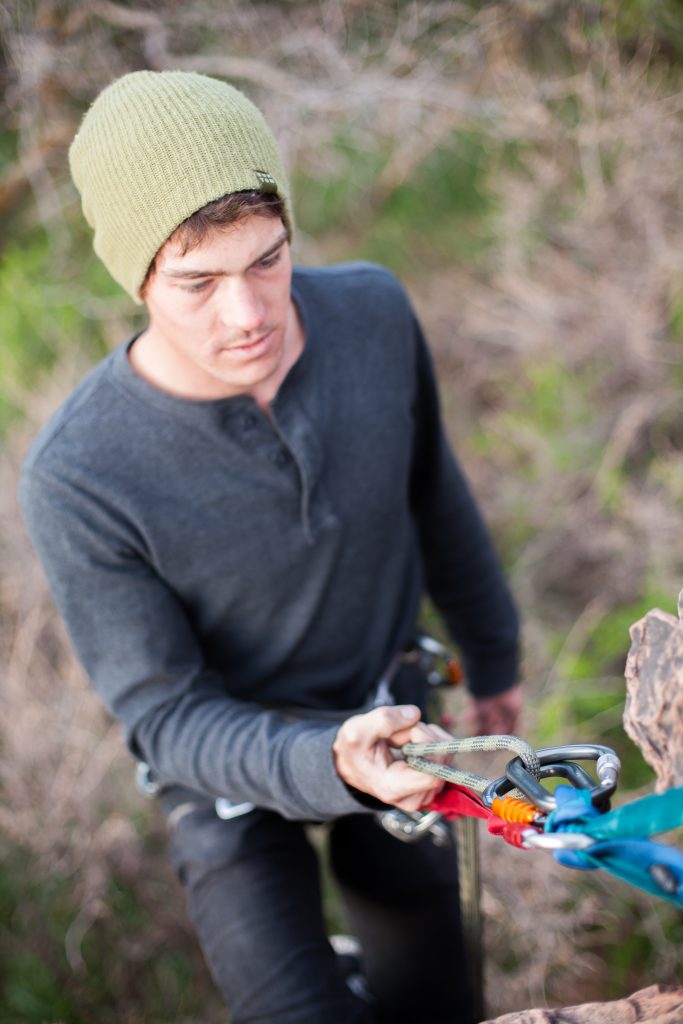
Days Reviewed: 30 days in use
Areas: Boulder Rock Club, Boulder, CO; Boulder Canyon, CO; Elevenmile Canyon, CO; Garden of the Gods, CO; Eldorado Canyon, CO; Indian Creek, UT; The Three Apostles, CO
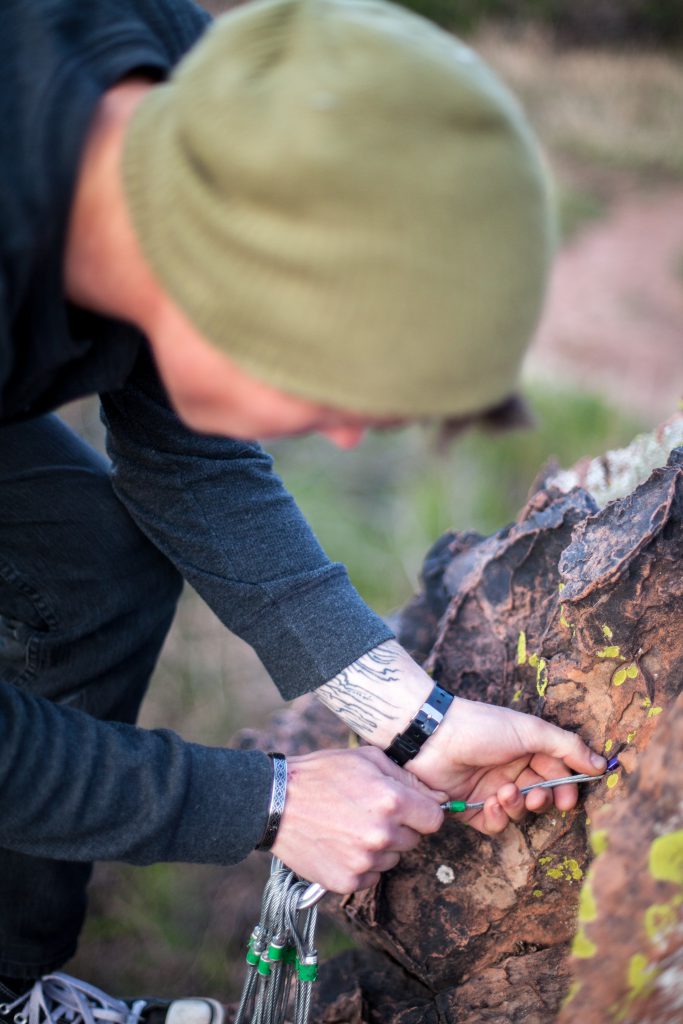
Color: Gray [colored gates]
Weight: 70-90 g Major Axis Strength: 27 kN
Shape
The William and Am’D carabiners have two distinct shapes, each designed for a specific purpose.
William carabiners have a large pear-shape, designed for direct hitches, multiple lines of contact, or as master points in anchor systems. For those who work in the industry, the larger side of the carabiner is ideal for belaying with a Munter hitch or attaching the line directly by clove hitch, and often makes these systems more visually identifiable and functionally useful.

It could also be used for easily belaying multiple people in a guide situation. The shape is useful in keeping the carabiner oriented on the major axis as well. The William pear-shape may edge on the larger side of functional, though. My hands tend towards the small side of average, and it was difficult to use the carabiners single-handedly, specifically the auto-locking varieties (Triact-lock and Ball-lock).
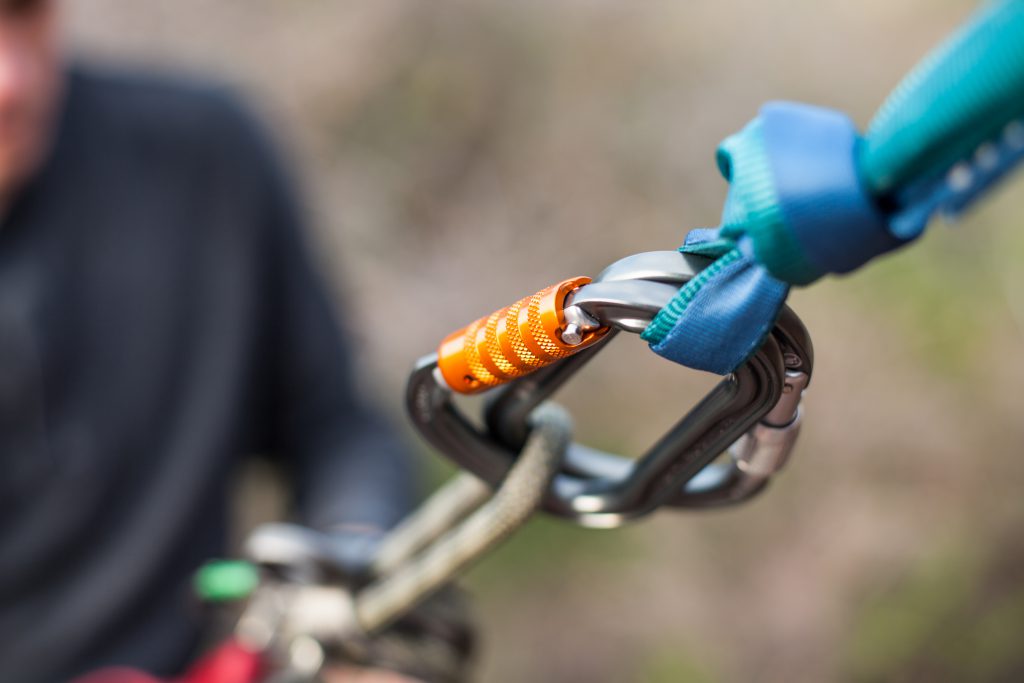
The Am’D carabiners have a D-shaped design, ideal for connecting elements of a belay system or for holding gear. The D-shape was designed, partially, for the purpose of adhering to the intended orientation and does a fair job at it, especially when loaded.

Unloaded, the Am’D can easily flip into a cross-loaded position, the forces pulling at the back of the frame and the gate. This shape has the benefit of a high strength to weight ratio: the Am’D carabiners average 15 grams lighter than the Williams without sacrificing any strength. The relatively smaller size of the frame makes single-handed manipulation of the locking gates much easier, as well.
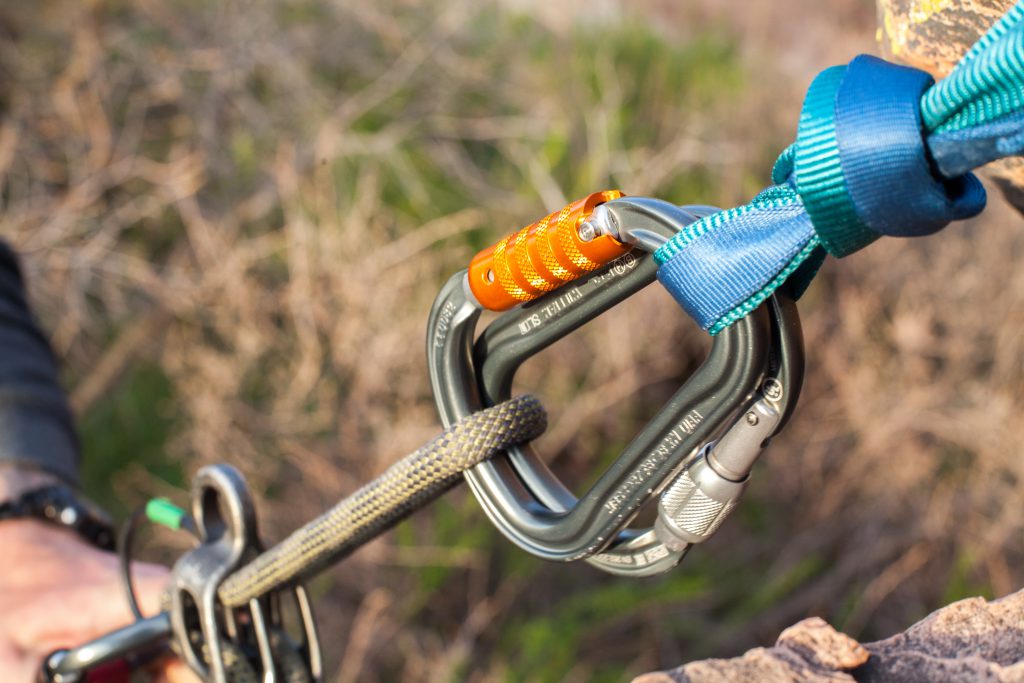
Gate Action
There are four different locking mechanism, utilized by both the William and Am’D carabiners. They differ only by the size of the gate opening, determined by the frame (Williams having a larger opening). These locking gates are the traditional screw lock (SL), the ball lock (BL), the triact lock (TL) and the twist lock (RL).
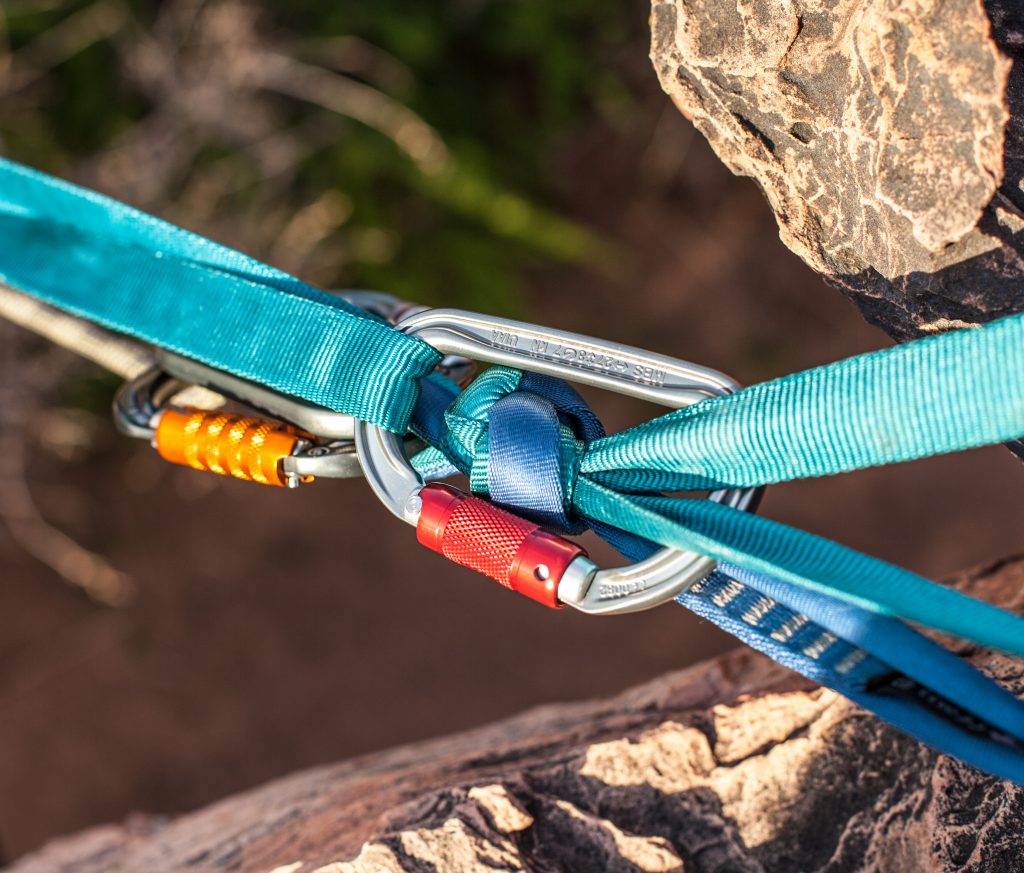
The SL is ideal for systems that, once set up, one won’t be able to check with regularity. The Petzl SL locking gate is also one of the smoothest screw-locks I’ve used, and features a red band that is covered by the locking sleeve when locked. Idiot-proof is a blessing in technical systems, and has saved me more than once.

The BL is a triple-action device featuring a button, a twisting locking sleeve, and Petzl’s keylock nose-gate interface (used on all Am’D and William models to avoid snagging). This model is easier to use than the TL, though the plastic locking sleeve construction leaves me (as one who regularly and significantly beats up their gear) a little ill at ease.
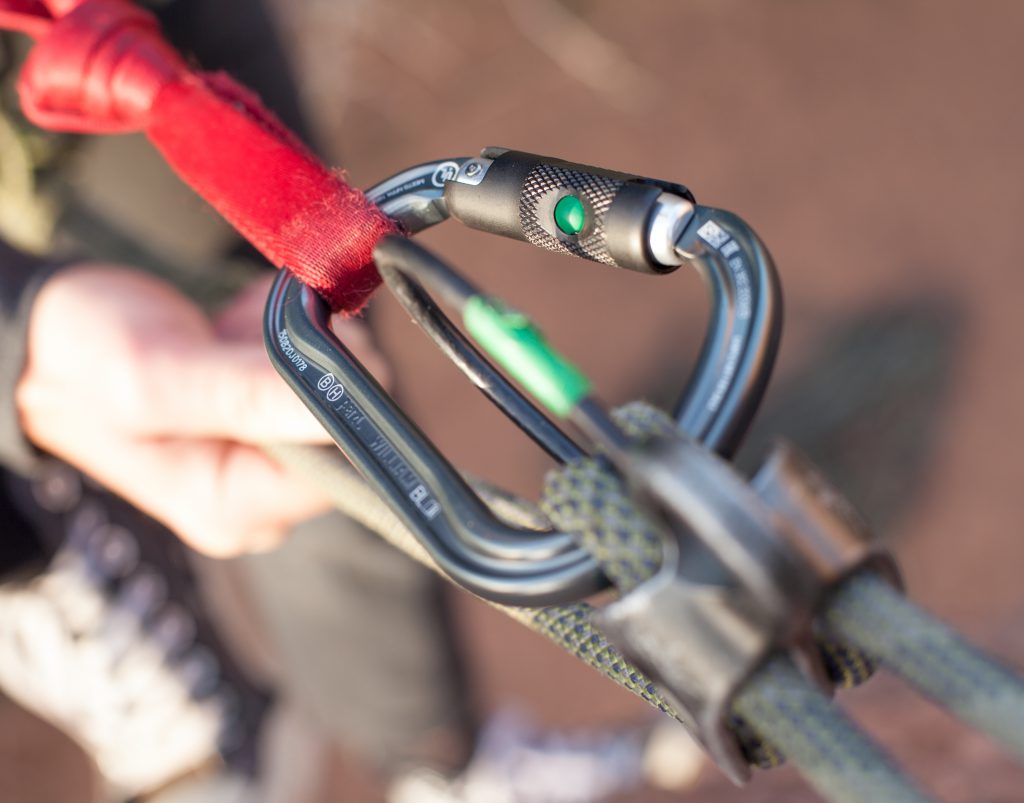
The TL locking sleeve lifts up (toward the nose), twists and opens. This is ideal for institutional systems or for lending to clients, as it locks, and is checked, easily. This is also more difficult to operate with a single hand.
The RL is my preferred construction for uses that will not leave my line of sight (belays, ascenders, etc.) This is a dual-action locker, requiring only a twist to disengage the locking sleeve. It’s fast, clean, relocks easily, but can be disconcerting – it has the greatest potential of inadvertently opening of any of these models.
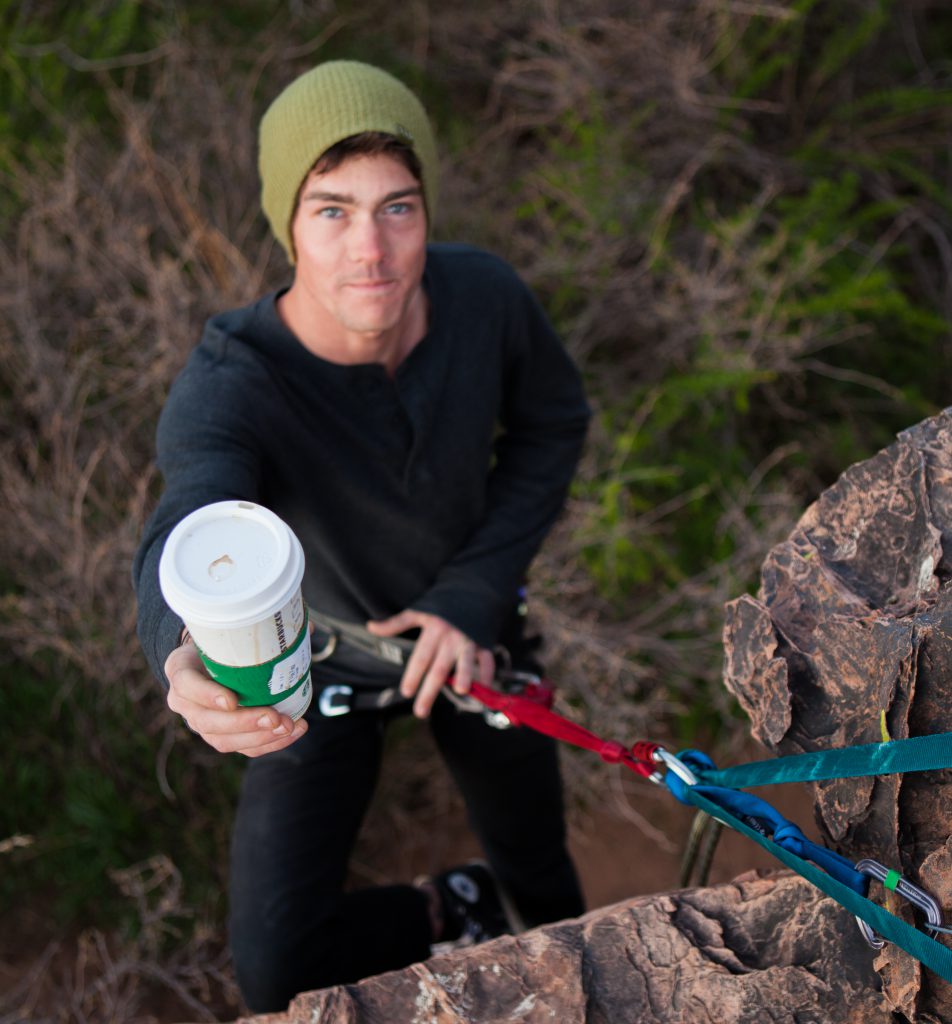
The Final Word
The William and Am’D SL, BL, TL and RL locking carabiners offer a versatile array of uses, and can fill nearly any niche in a climber’s rack. I gravitate towards using the William carabiners in anchor set-ups and the Am’Ds on the ground (for the shape and intention); Williams on single pitches and Am’Ds on multi-pitches (for the weight); RL lockers on my person for personal tethers, and SL lockers where I won’t be seeing them (for the gate action). In all, this rack of locking carabiners will be living in my climbing bag for a long time.
Shop Petzl on Outdoor Prolink. Not a member? Apply today!
Connor Prendergast was born and raised in Colorado. He works for Colorado Outward Bound School, and loves it. Connor’s area of focus is rock climbing of any sort, but he spends his time mountaineering, snowboarding, backpacking and playing pool as well. Photos by William Day.

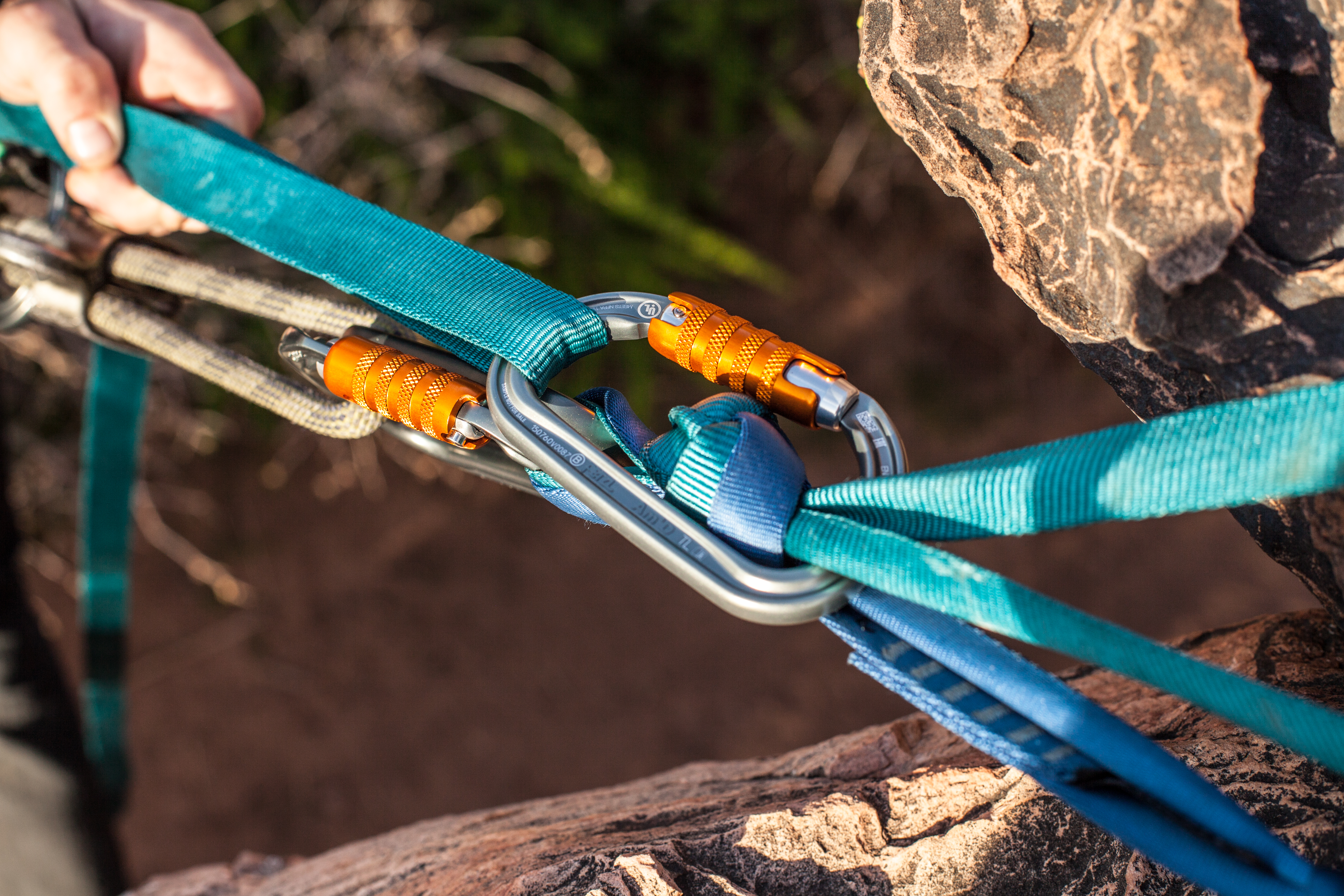
I don’t agree Friendly, Roseanna
Hi Roseanna, thanks for commenting. Is there something specific you don’t agree with? Let us know!